Last Updated on 02/09/2015 by Julius Motal
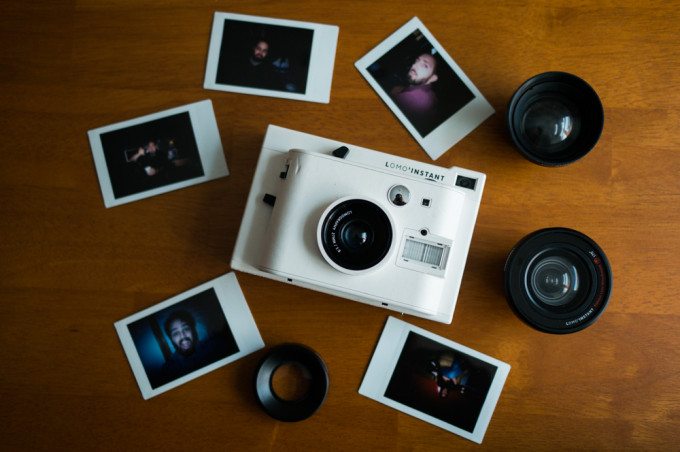
In an effort to deconstruct and trick out the instant film experience, Lomography created the Lomo’Instant, an instant camera with a bevy of features. As with its Petzval lens, Lomography held a Kickstarter to fund the construction of its instant wunderkind, and the company brought in just over $1,000,000. The Lomo’Instant became my last stateside review before my move to Istanbul, and with it, I made photos of friends and scenes I won’t see for quite some time. The camera is not for the person who wants to just press the shutter and be done with it, especially considering the price when held against Fujifilm’s Instax Mini lineup. Both cameras use Fujifilm Instax Mini Film. Lomo’s entry to the instant space requires a bit of patience.
Pros and Cons
Pros
-Who doesn’t love some instant fun?
-Interchangeable lens adapters provide a good deal of flexibility
-Complimentary gels help diffuse the flash, which has a tendency to be harsh
-Built-in mirror helps to frame self-portraits
Cons
-A bit pricey
-Gels can easily be lost
-Can scuff easily
Gear Used
We used the Lomo’Instant with the three lens adapters (portrait, fisheye and closeup).
Tech Specs
Courtesy of Lomography’s listing:
| Cable Release Connection | Yes |
| Aperture | f/8, f/11, f/16, f/22, f/32 |
| Color | white |
| Film Advance | Automatic |
| Flash connection | None |
| Focusing | Zone Focusing |
| Focusing Distance | No |
| Frame Counter | Auto Frame Counter |
| Material | Plastic |
| Tripod Mount | Yes |
| Lightmeter | Yes |
| View Finder | Direct optical viewfinder |
Ergonomics
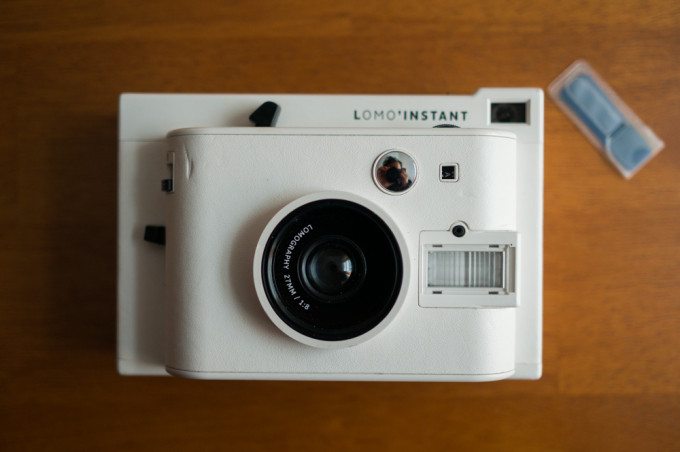
The Lomo’Instant is a box with some switches, a couple of levers and a dial. Almost everything you’ll be working with is shown here. The camera comes with a 27mm f1.8 lens built into it, with a thread for attaching any of the lens adapters that comes in a bundle. Let’s get a little closer.
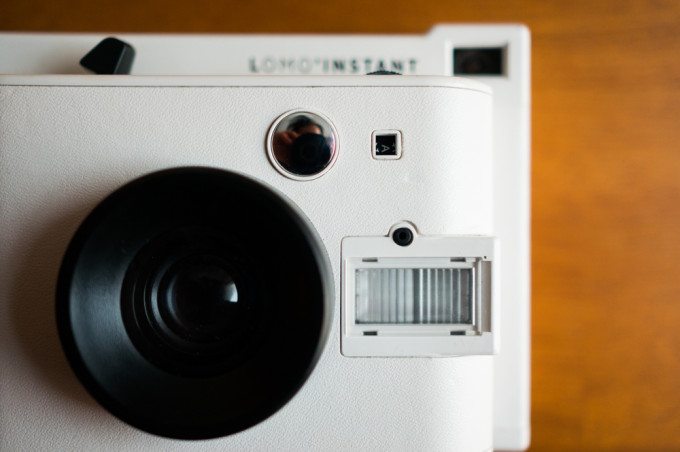
Around the lens, you have a built-in mirror for assisting with self-portraits. Next to that, there’s an exposure compensation dial, and below that is the flash, which has a slot for inserting any one of the gels that comes with the camera. The gels are important because they help reduce the flash’s intensity.
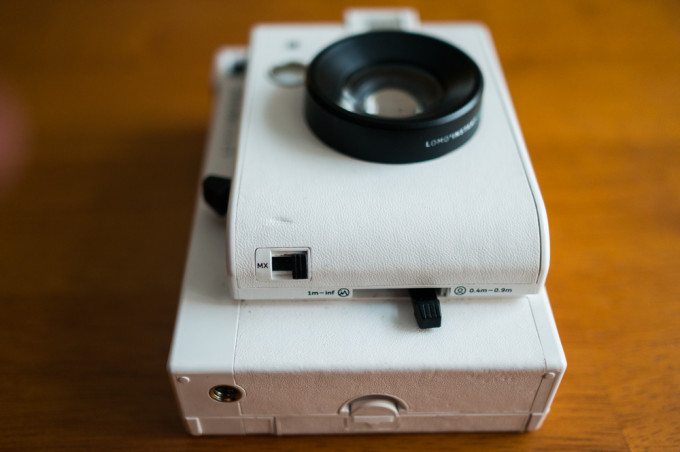
The MX switch is for multiple exposures, and the lever below it is for focusing. The Lomo’Instant has a zone focusing system, and as you move throughout the zone range, the front of the camera will either move forward or retract.
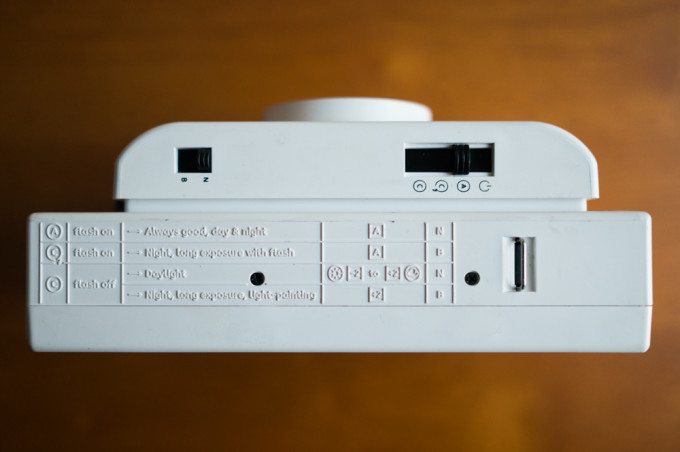
The switch on the left is for normal or long exposures, and the switch on the right is the mode switch (Automatic, Manual with flash and manual without flash). The camera also has this handy settings chart, if ever you’re confused about how to set your camera, which helps with this camera’s learning curve.
Build Quality
The Lomo’Instant is a plastic box with a leatherette finish around the body. It feels like a box somebody made in a warehouse somewhere in Williamsburg, Brooklyn. What I mean is, it feels less manufactured and more homemade. It’s definitely a DIY approach to instant film, as you can throw on a different lens or light paint with a long exposure or even take several exposures on one slide. It doesn’t have the feel of an X-T1 or a 5D Mk III, and it’s not supposed to. This is Lomography. It feels kind of broken or marginally functional by design. There are light leaks in some of the images, and that’s alright. It’s not a technically perfect camera. Those who crave technical precision don’t buy Lomo’s products anyway. Expect that in the course of owning this camera, you’ll scuff and dent it a bunch. It’ll still work, but it’ll look like it’s been through a couple of battles.
Ease of Use
Out of the box, it isn’t the easiest camera to use. Take some time to understand all the switches, dials and levers before you start making images because instant film comes at a premium, and even when you know how this camera works, you’ll miss a couple of shots. It can be a frustrating experience, but seeing the shot come out properly, or as close to properly as possible, is a micro-version of the darkroom experience. There’s a certain thrill in seeing the image slowly develop, and to get there, you need to be patient.
Focus
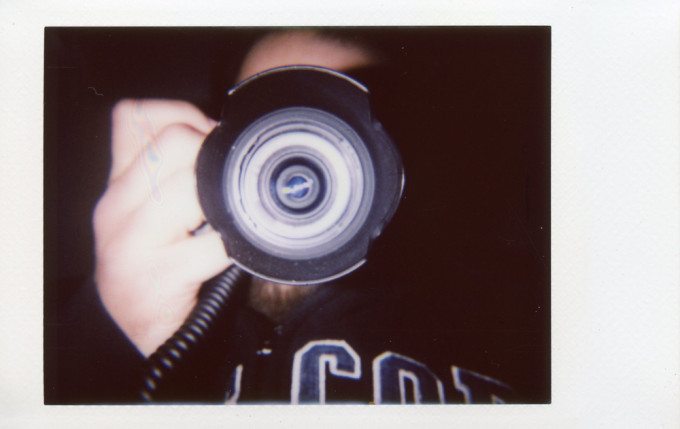
The Lomo’Instant has a zone focusing system that is adjusted by a lever on its right side. At the short end, portraits will be in focus between .4 and .9 meters. At the long end, anything from a 1 meter and farther will be in focus. It took some guesswork, but more often than not, my images were in focus.
Metering
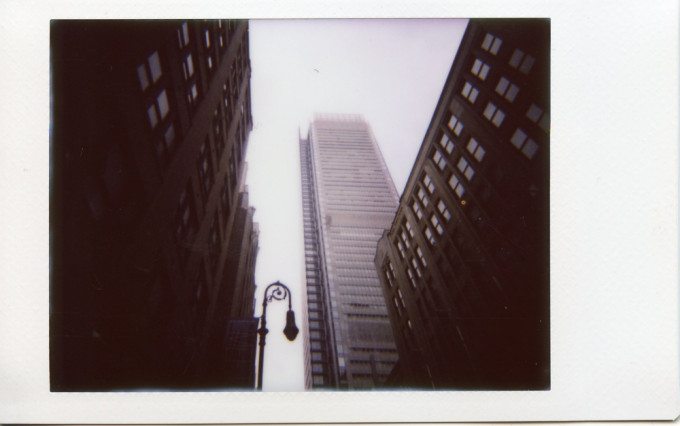
There really wasn’t a way to conduct a Sunny 16 with this, and photographing without the flash is typically ill-advised. So, I aimed the camera at the Grey Lady around midday and took this image. This image is somewhat underexposed. Just make sure your scene has a bunch of light and use the flash. Something’ll show up on the positive.
Image Quality

When it comes to image quality, we, here at the Phoblographer, break up this topic into two sections: High ISO images and RAW file versatility. Neither of those subtopics are applicable here, so we’ll just take a look at how the images look upon sliding out of the camera.
Abandon technical perfection all ye who enter here.
There isn’t any pixel peeping with the Lomo’Instant. An image isn’t the sum of its megapixel count or the sensor size. Each image is a gamble. You aim your box, pull the lever to the right and white for the image, or lack thereof, to manifest on the positive. When it works, it’s great. When it doesn’t, it’s not so great. That’s the thrill of instant photography. You either get it or you don’t. Nothing can be saved in post because there is no post. There is only the moment, and that’s what this camera is all about with its surprising amount of flexibility. Don’t forget that the gels come in mighty handy to diffuse the flash and give your images some chromatic flavor.
Extra Image Samples


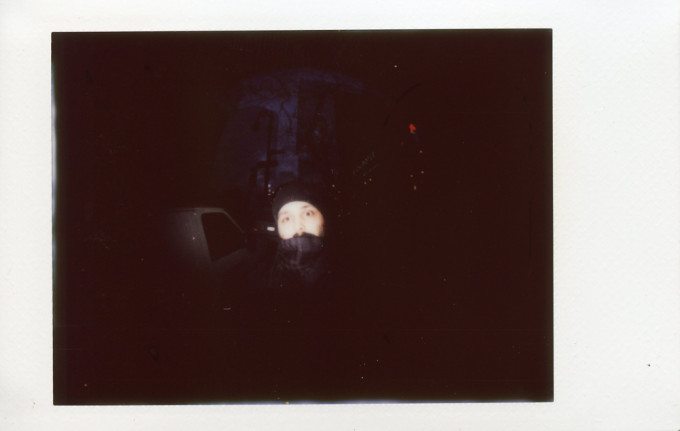

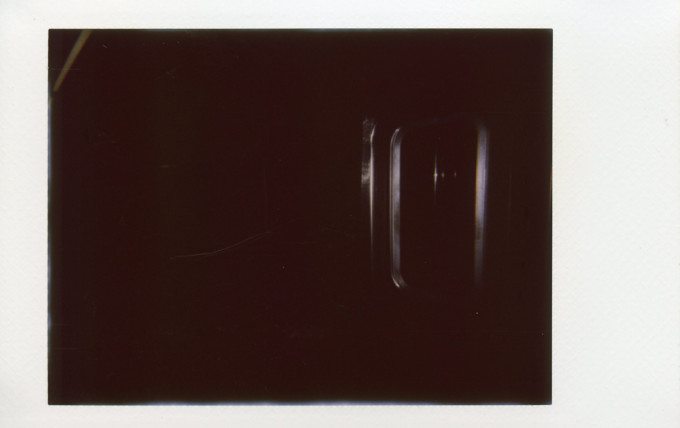
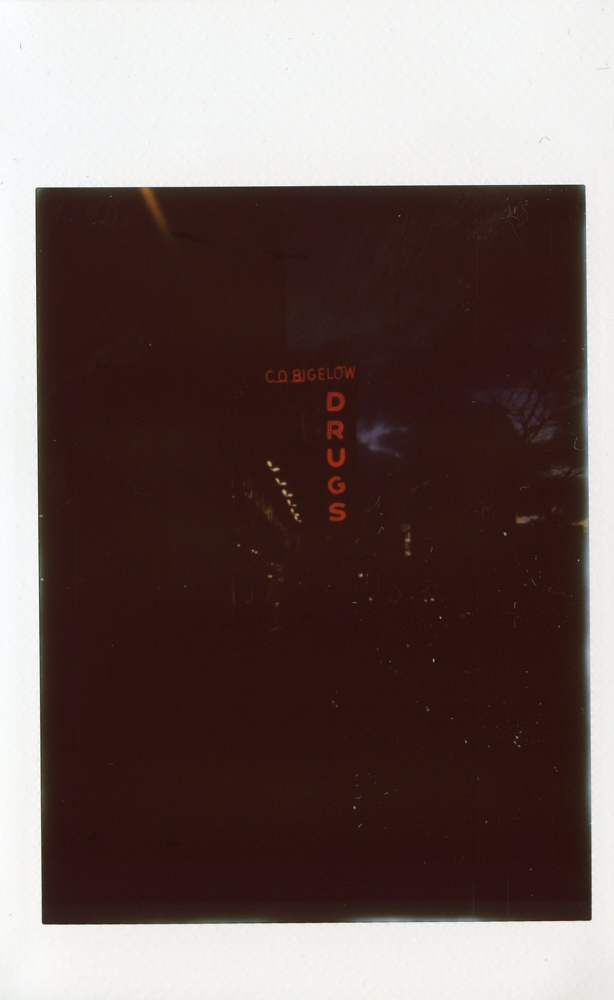
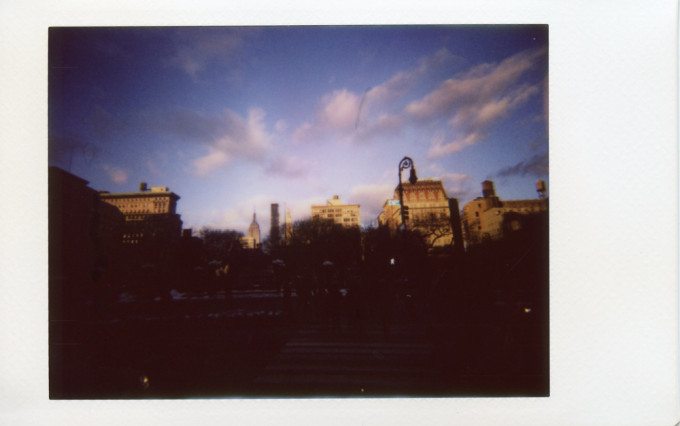
Conclusions
Likes
-Lens adapters and gels provide a good deal of flexibility
-The built-in mirror is mighty useful
-This camera is a good way to slow down
Dislikes
-Pricey
-The gels can be easily lost. It would be best if there was some way to better incorporate them into the camera.

The Lomo’Instant is a fairly solid entry into the instant film space, and the boon for many will be the lenses and gels. This camera was a great way to make lighthearted photos of friends and city scenes. Load the film, pick your lens, slide your gel in, aim and pull the lever. Oh, and hope for the best.
This is not, however, a technically perfect camera, and it certainly doesn’t feel like the most solidly built. The first couple of attempts at an image can be frustrating, and every image thereafter is, more or less, a crapshoot. That’s part of the experience, though.
All things considered, we award the Lomo’Instant four out of five stars.
Get yours at Lomography.

